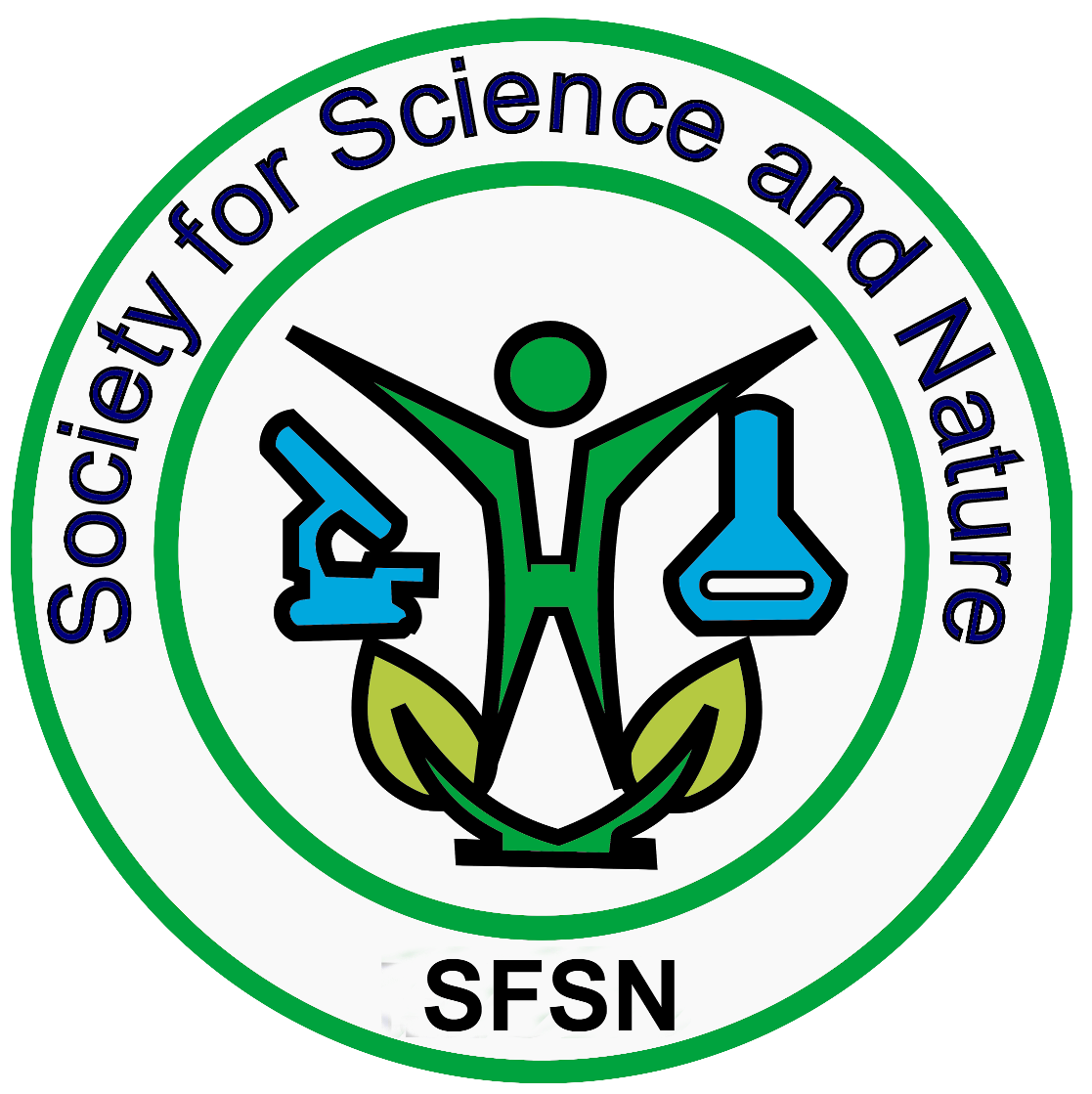Trichoderma SPP: A Bio-Control Approach For Sustainable Disease Management
R. P. Singh1, Durga Prasad2 and S. K. Gangwar3
1Senior Scientist and Head, KVK, West Champaran-II (Dr RPCAU, Pusa, Samatipur, Bihar)
2Associate Professor-Plant Pathology, College of Agriculture, Baytu, Agriculture University, Jodhpur, Rajasthan
3Senior Scientist and Head, KVK, West Champaran-I (Dr RPCAU, Pusa, Samatipur, Bihar)
Download
Posted on September 15, 2020
Agriculture is an indispensable part of any country to feed the millions of people but plant pathogens are the most important factors affecting the production of crops inflicting severe losses to agricultural products every year. To protect the crops from this huge yield loss recently, chemical pesticides are used. Long-term using of chemical pesticides contaminate water, cause atmosphere pollution, and some-times leave harmful residues which can lead to development of certain resistant organisms. Due to the side effects of chemical pesticides, sustainable crop production through eco-friendly management is essentially required in the current scenario. In biological control, genus Trichoderma serves as one of the best bioagents, which is found to be effective against a wide range of soil-borne, seed-borne and foliar pathogens. This species of fungi has been considered to be very beneficial for different levels of life.
Keywords
Trichoderma strains, Mycoparasitism, Antibiosis, Competition, Bio-control agents
INTRODUCTION
Agriculture is critically important for ensuring food security, alleviating poverty and conserving the vital natural resource on which the world’s present and future generation will be entirely dependent upon for their survival and wellbeing. Agricultural crops are vulnerable to attack number of pests like bacteria, fungi, weed and insects, leading to reduced yield and poor quality of the produce. Most of the plant pathogens, which cause important diseases in cereals, oilseeds, pulses, vegetables, fibres and fruit crops, are seed and soil borne in nature. The continuous cultivation of a crop in the same piece of land resulted in heavy incidence of soil borne diseases due to build-up of a high inoculum of the pathogen. That forces the farmers to change either crop or land. Fungicides play an important role in management of seed borne and air borne pathogens. However, the soil borne plant pathogens are often difficult to manage with the fungicides and other ordinary methods due to their limitations to perform better against to pathogens. In recent years, indiscriminate and expensive use of pesticides has posed a serious problem of pollution in the ecosystem and development of resistance in the pathogens. While the farmer is exemplified by pesticide residues in soil, air, water, food etc., the latter includes phytotoxicity, physiological deformities, diseases, mortality, population changes, genetic disorders, gene erosion, etc. in plant, mammal, avian, insect and other organisms. Therefore, biological control of pathogens has gained importance as component of integrated disease (pest) management (IDM) for sustainable agriculture as it is a long lasting and eco-friendly.
Currently, several bio-control agents have been recognized and are available as fungal agents i.e., Trichoderma spp., Gliocladium virens, G. roseum, Aspergillus niger, A. flavus, Chaetomiam globosum, Ampelomyces spp., Candida spp., and Coniothyrium spp. and bacterial agents like Bacillus subtilis, B. cereus, Pseudomonas fluorescens, Agrobacterium radiobacter etc. It has been reported to work nicely as antagonists against many fungal plant pathogens in vitro and in vivo conditions. Among these biocontrol agents Trichoderma spp. is one of the most versatile bio-control agents which has long been used for managing plant pathogenic fungi. .........See .more
For Details Download PDF
REFERENCES
Alizadeh, M., Vasebi, Y. and Safaie, N. (2020). Microbial antagonists against plant pathogens in Iran: A review. Open Agriculture, 5: 404-440.
Chaudhary, D. K., Prakash, A. and Johri, B. N. (2007). Induced systemic resistance (ISR) in plants: mechanism of action. Indian J. Microbiol. 47: 289-297.
Junaid, J. M., Dar, N. A., Bhat, T. A., Bhat, A. H. and Bhat, M. A. (2013). Commercial biocontrol agents and their mechanism of action in the management of plant pathogens. Int. J. of Modern Pl. and Ani. Sci., 1(2): 39-57.
Lo, C. T. (1998). General mechanisms of action of microbial biocontrol agents. Plant Pathology Bulletin, 7: 155-166.
Pal, K. K. and Gardener, B. M. (2006). Biological control of plant pathogens. The Plant Health Instructor, DOI: 10.1094/PHI-A-2006-1117-02.
Perez-Montano, F., Alias-Villegas, C. et al. (2014). Plant growth promotion in cereal and leguminous agricultural important plants: from microorganism capacities to crop production. Microbiol. Res., 169: 325-336.
Singh, H. B. (2014). Management of plant pathogens with microorganism. Proc. Indian Natn. Sci. Acad. 80(2): 443-454Note Society for Science and Nature(SFSN) do not hold any responsibility about the views, opinion and work of author(s) presented in the article published in SFSN
